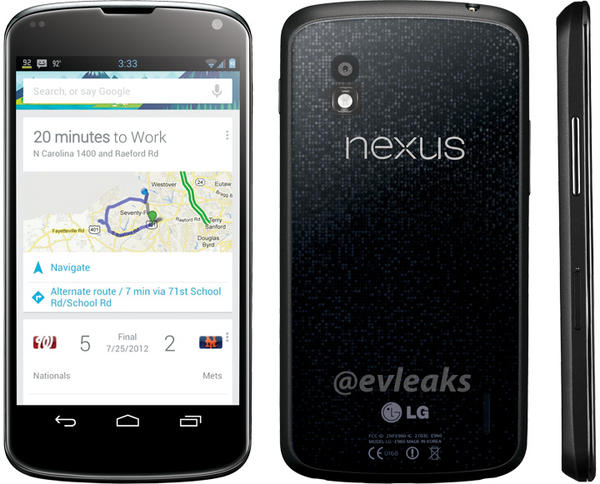Quad-Core Processors.The name itself makes it clear that we are going to be witness a stiff battle between our competitors.And who are these heavyweight champs you may ask?
Well,those that will playing today are :
iii)Quadrant(Higher is Better)
iv)Antutu (Higher is better)
Well,those that will playing today are :
- Samsung Galaxy S III
- HTC One X
- LG Optimus G
- Meizu MX 4-Core
With great power comes great responsibility and these phones not only represent themselves but also their manufacturers. It's a battle of the chipsets too. Inside the Samsung Galaxy S III and Meizu MX Quad Core beats the same Exynos 4212 Quad chipset, while the HTC One X is powered by the Nvidia Tegra 3 and the beast LG Optimus G is powered by the S4 Pro Chipset.
So,without wasting further time lets start our battle!
1.Screen Size
Even though this article is centered around the premise of comparing chipsets, the screen is almost as important - what would be the use of all that computing power if the screen is going to limit what you can do.
The Samsung Galaxy S III ,HTC One X & LG Optimus G all have 4.7 -4.8 inch screens ,hence they are almost equal.However,Meizu MX 4-core has a 4 inch screen and I suppose that this will be an advantage for this phone.
| Samsung Galaxy S III |
| LG Optimus G |
| HTC One X |
| Meizu MX 4-Core |
2.Clock Speed
The HTC One X is powered by a 1.5 GHz quad-core Nvidia Tegra 3 processor while the S III and the MX 4-core have 1.4 GHz Exynos 4212 Quad chipset under their hoods.The Optimus G is powered by the 1.5 GHz Krait S4 Pro Chipset .
3.Benchmark Scores
i) Benchmark Pi(lower is better)
Samsung Galaxy S III : 344
HTC One X :
LG Optimus G : 285
Meizu MX 4-Core : 362
ii)Linpack(Higher is Better)
Samsung Galaxy S III : 177.1
HTC One X: 160.9
LG Optimus G : 608
Meizu MX 4-Core : 189.1
iii)Quadrant(Higher is Better)
Samsung Galaxy S III : 5365
HTC One X : 5952
LG Optimus G : 7439
Meizu MX 4-Core: 5170
iv)Antutu (Higher is better)
Samsung Galaxy S III : 10767
HTC One X : 11633
LG Optimus G :11226
Meizu MX 4-Core: 11820
v)BrowserMark(Higher is better)
Samsung Galaxy S III : 158953
v)BrowserMark(Higher is better)
Samsung Galaxy S III : 158953
HTC One X : 140270
LG Optimus G : 118126
Meizu MX 4-Core: 158404
So as you can see from the benchmark results it is the LG Optimus G which stands out among the other smartphones.This is mainly because of the new S4 Pro chipset running inside the Optimus which is at present the best quad-core processor for phones on the planet.
What do you guys have to say?Please comment below.
So as you can see from the benchmark results it is the LG Optimus G which stands out among the other smartphones.This is mainly because of the new S4 Pro chipset running inside the Optimus which is at present the best quad-core processor for phones on the planet.
What do you guys have to say?Please comment below.
